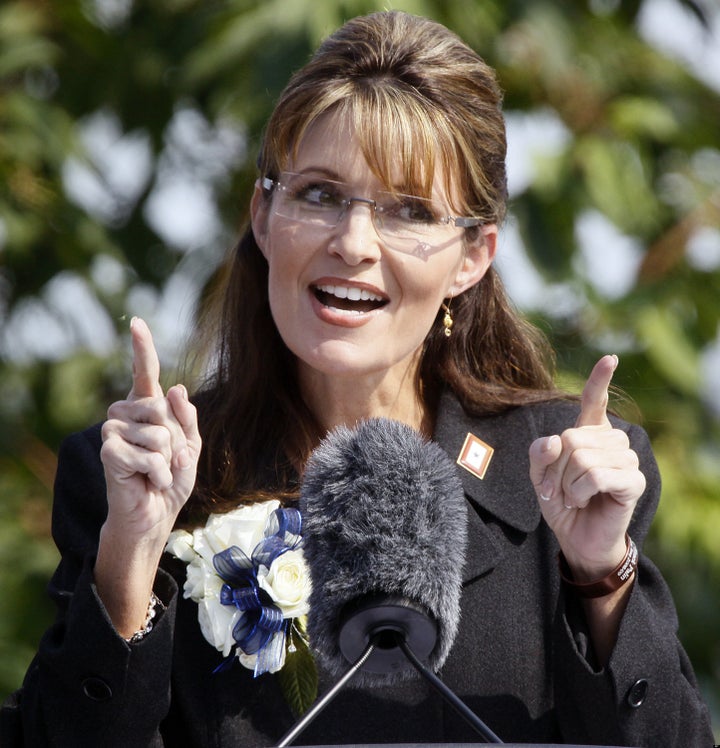
In her new self-appointed role as monetary policy watchdog, Sarah Palin has hurled a Facebook note of criticism at the Federal Reserve.
The new post, which blasts the Fed's "pump priming" and "running the printing presses," comes after a speech Palin gave Monday in which she urged Fed chairman Ben Bernanke to "cease and desist" his asset-purchase program, and after a subsequent spat with a Wall Street Journal reporter, in which Palin misquoted the WSJ in an attempt to defend herself against the reporter's initial critique of her speech. Continuing the line of criticism she began Monday, Palin published on Wednesday a Facebook note, bearing her byline, that argues the Fed's quantitative easing program won't get the U.S. economy out of its rut.
"By the time this experiment is over, QE will make us queasy," the note reads.
Palin's note argues that the quantitative easing program, in which the Fed will purchase up to $600 billion of U.S. government debt (as part of a plan that could reach $900 billion, as HuffPost's Shahien Nasiripour reported), will support neither exports nor domestic investment. She says the "most plausible" reason why President Obama has spoken in favor of the Fed's plan is that quantitative easing will stimulate inflation, which will eat away at the value of the deficit, says Palin. She quotes "liberal economist" Paul Krugman to support her argument. From the note:
"In other words, pushing inflation upwards means you can have your cake and eat it too. You can spend all you like and then make the bill disappear by driving down the value of the dollar -- buying with one hand the debt your reckless spending is issuing with the other. No need to cut spending, folks, just run the printing presses."
But as Bernanke has said, quantitative easing does not actually involve printing money. And it's not necessarily inflationary. Technically, it will just free up cash that already exists. Rather than create money, it will create liquidity or the ease with which money moves around.
The Fed will make deposit accounts for banks and other companies, in exchange for those companies' Treasury bonds. As the central bank substitutes deposit accounts for Treasury bonds, it gives banks the ability to use their cash sooner than they otherwise could have.
Here's Bernanke's explanation in a recent speech, courtesy of Pragmatic Capitalism. "Cash," in Bernanke's definition, means both bonds and reserves:
"If you think of the Fed's balance sheet, when we buy securities, on the asset side of the balance sheet, we get the Treasury securities, or in the previous episode, mortgage-backed securities. On the liability side of the balance sheet, to balance that, we create reserves in the banking system. Now, what these reserves are is essentially deposits that commercial banks hold with the Fed, so sometimes you hear the Fed is printing money, that's not really happening, the amount of cash in circulation is not changing. What's happening is that banks are holding more and more reserves with the Fed."